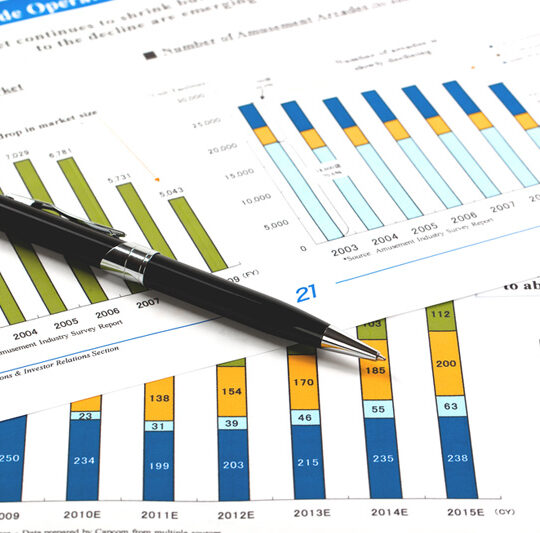
A last-minute rush for anything, including I Bonds, can easily trip you up these days as the universe tries to recover from the pandemic.
Some delay or disaster lurks when you’re standing in line for coffee, trying to get a prescription filled for a loved one and yes, even aiming to be sensible by opening an account online for inflation-adjusted Series I U.S. savings bonds.
Many systems, including TreasuryDirect, aren’t up to date or ready to handle high demand.
A safer bet? As rates rise, the antidote to volatile stocks could now be bonds. Here’s why.
Consider this a warning in case you’re aiming to buy I Bonds in the last days before an Oct. 28 deadline. Many people have no trouble at all but others face some ridiculously frustrating holdups.
Steve Economy, of Brighton Township, got a first-hand look at both sides of the I Bond saga.

In early October, he tried to open an account for himself but kept getting locked out. He still doesn’t have his own account. And now it’s going to take weeks for him to get the paperwork in order to prove his identity and go through the process ahead to actually open up an account.
When it came to opening up a TreasuryDirect account for his wife and the system worked, no problem at all.













